Tags: James Webb Space Telescope
James Webb Space Telescope Discovers Enigmatic Early Universe Galaxy Defying Cosmological Norms
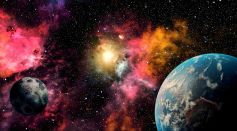
JWST's Glimpse into the Future: Predicting Solar System's Fate through Exoplanet Observations

James Webb Space Telescope Unveils Breathtaking Images of 19 Milky Way-like Spiral Galaxies in Unprecedented Detail

JWST Captures a Mesmerizing Star Factory in the Heart of the Large Magellanic Cloud's Nebula N79
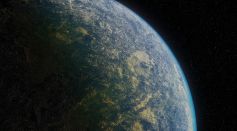
Alien Life Could Be Indicated by Low Carbon Dioxide Levels on Distant Planets; NASA's James Webb Telescope at the Helm
James Webb Space Telescope Captures Uranus’ Elusive Zeta Ring, Moons in Festive Photo
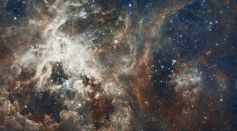
JWST Explores 'The Brick' in the Milky Way, Unveiling Frozen Carbon Monoxide and Posing Challenges to Star Formation Theories
James Webb Space Telescope Discovers Cosmic Monster: Dusty Star-Forming Galaxy Challenges Early Universe Assumptions
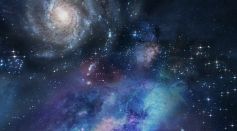
Teenage Galaxies Are Extremely Hot With Unexpected Heavy Metal Composition, Early Survey Using JWST Reveals

Powerful JWST-Hubble Telescope Duo Used To Produce Immensely Colorful, Comprehensive Image of Mothra Star
Cosmic Vine: James Webb Space Telescope Reveals Spectacular Chain of 20 Ancient Galaxies, Unraveling Mysteries of Early Universe Formation
Astronomers Discover Exoplanet Hosting Sandy Clouds in Its Atmosphere Using JWST Data [Study]
2 Distant Galaxies Discovered at Pandora’s Cluster Using NASA’s JWST Data [Study]
Baby Star’s First ‘Screams’ Caught in New Images Taken by NASA’s James Webb Space Telescope
Christmas Tree Galaxy Cluster Captured by NASA’s Hubble and Webb Team; What Do the Colors of the Images Mean?

NASA's James Webb Space Telescope, Chandra X-Ray Observatory Find Most Distant Black Hole Ever Seen
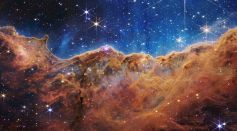
James Webb Space Telescope vs Hubble: How Will Their Images Compare?

James Webb Space Telescope Offers Fresh Novel Look at Famous 1,000-year-old Crab Nebula
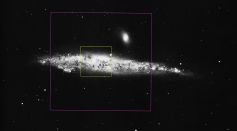
James Webb Space Telescope's Discovered Kilonova's Heavy Metal Symphony, Unveiling Cosmic Element Origins
James Webb Space Telescope Could Help Explain Hellish Super-Earth’s Strange Signals That Keep Bizarre Exoplanet From Losing, Re-Growing Atmosphere
Most Popular

Largest Known Volcanic Aquifer Discovered Beneath Oregon's Cascades

New 'Supergiant' Sea Bug Found in South China Sea, Named After Darth Vader

Mediterranean Sea Was Refilled by a Catastrophic Flood Millions of Years Ago

Mysterious Cosmic Waves That Sound Like Birds Detected in Unexpected Space Region




